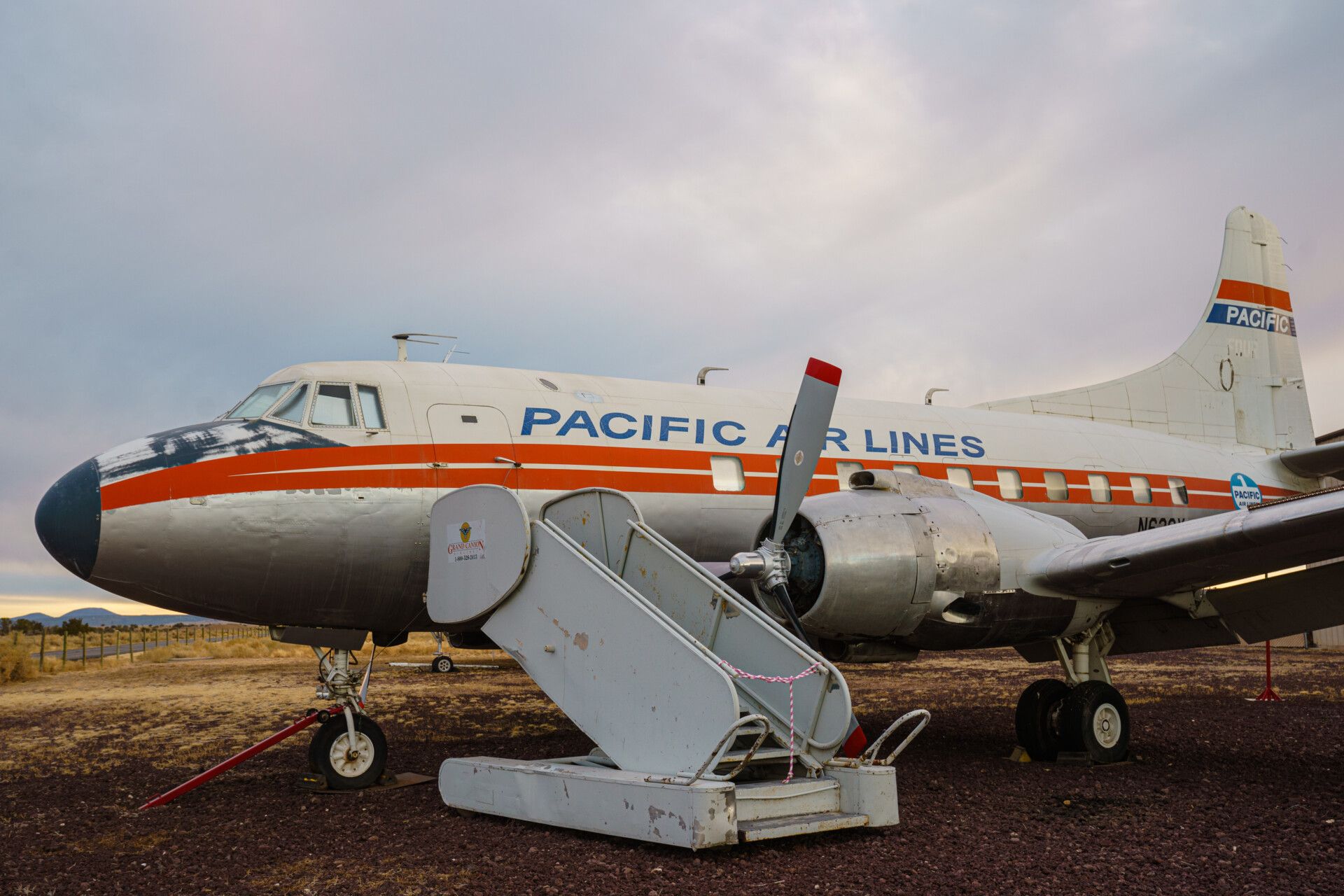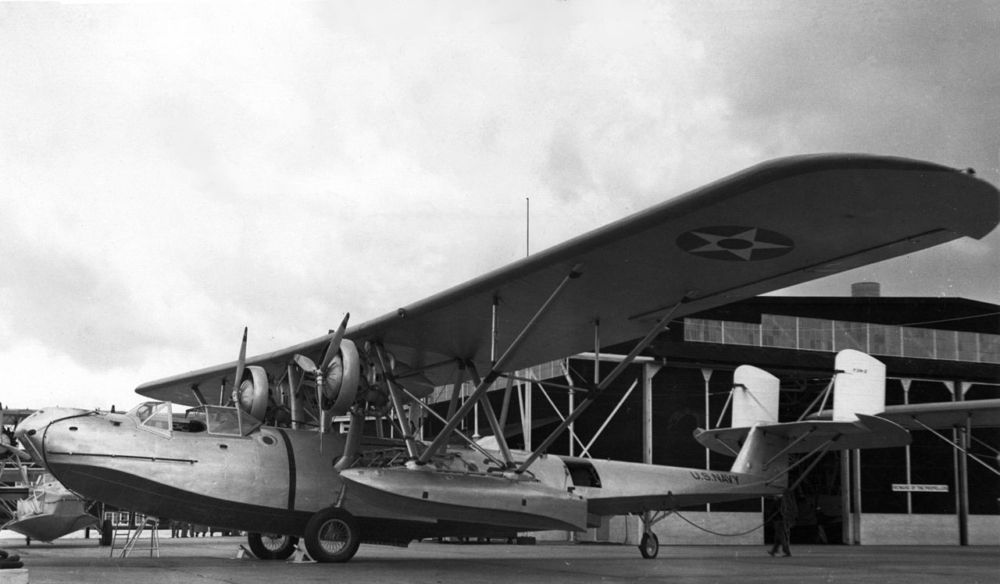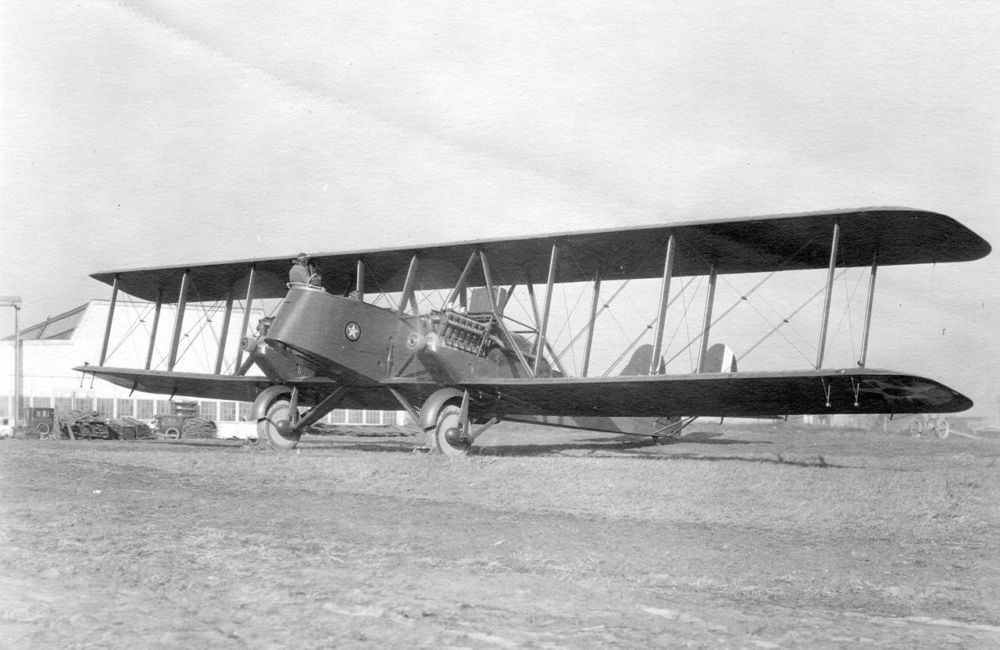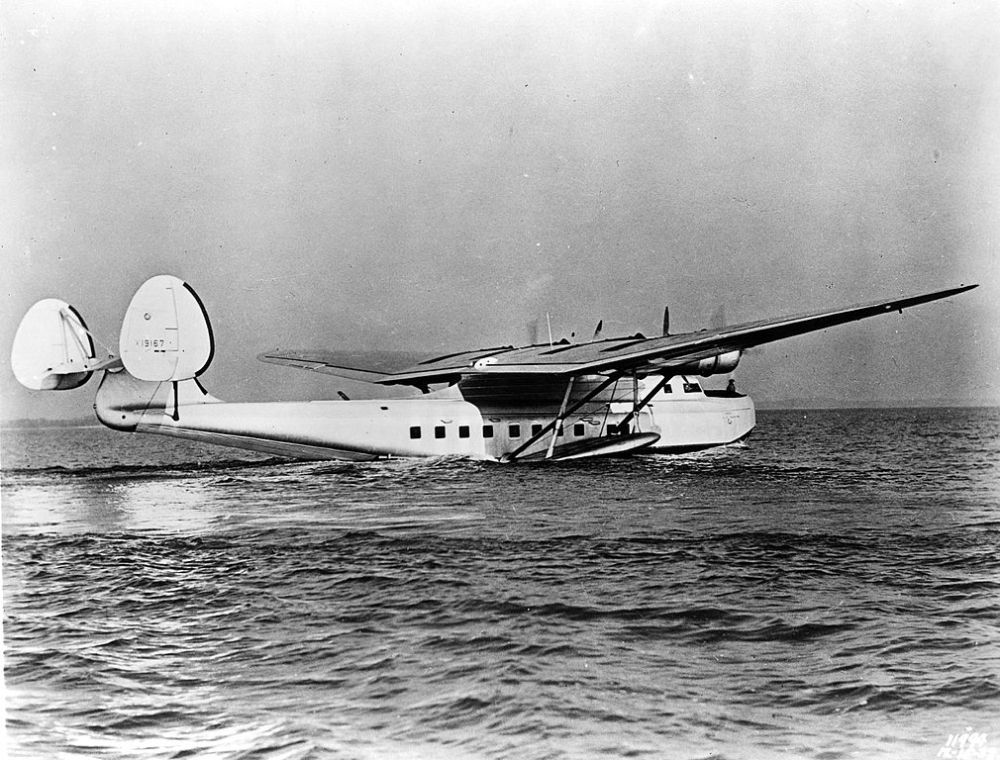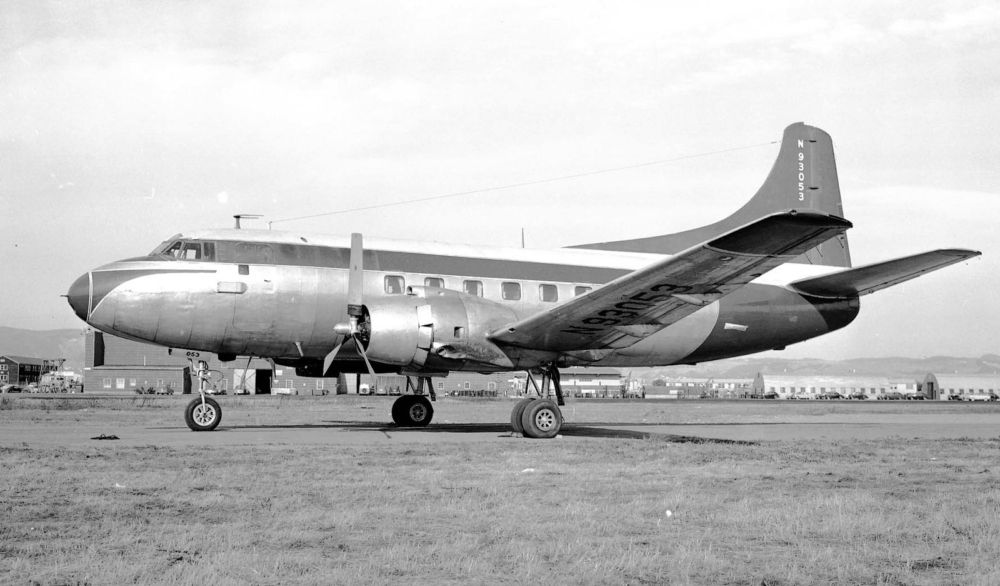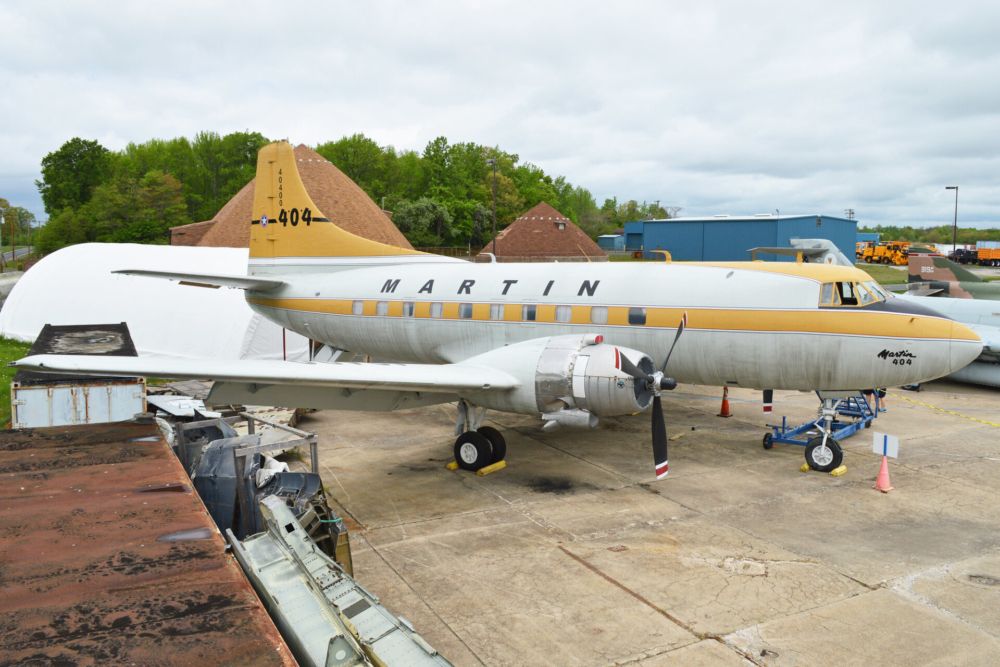When it comes to US postwar airliners, Douglas's piston-engined designs like the DC-4 spring to mind. However, originally based in California, a now largely forgotten manufacturer called the Glenn L. Martin Company also threw its hat into the ring. Known in short as The Martin Company, it produced 40-seaters before merging with American-Marietta.
In the beginning
While The Martin Company's best-known airliners flew in the post-war era, the group dates back somewhat further. Formed in August 1912 by Glenn Luther Martin, much of the company's early work involved producing military training aircraft. Martin also indirectly catalyzed the formation of Boeing, as he is said to have taught William Boeing how to fly.
The Martin Company's early years producing military trainers proved fruitful, and resulted in a merger with The Wright Company in 1916. However, this short-lived joint venture, known as the Wright-Martin Aircraft Corporation, proved unsuccessful. As a result, Glenn Luther Martin relocated his operations from Santa Ana, California to Cleveland, Ohio.
Here, he set up a second company under the name Glenn L Martin, and this was the iteration that later went on to be a not insignificant postwar airliner manufacturer. Martin later relocated the company's headquarters again, moving to Baltimore, Maryland in 1929.
Stay informed: Sign up for our daily and weekly aviation news digests.
Early military success
Having re-established the company, the First World War gave Martin its first big shot at success. It took this in the form of the biplane MB-1 bomber, of which it produced 20. However, having not first flown until August 1918, its entry into service took place after the conflict had ended. Nonetheless, it enjoyed continued success producing military planes.
Indeed, the follow-up MB-2 design proved a very fruitful affair. Otherwise known as the NBS-1, this designation stood for 'Night Bomber-Short Rage.' Between 1920 and 1922, Martin produced 130 of these 13-meter biplanes, which the United States Army Air Service flew until the end of the decade. Moving into the 1930s, Martin's portfolio diversified.
The first airliners
The Martin Company's most numerous interwar design was the B-10 bomber, of which it produced 348 examples across all variants. It entered service in November 1934, and ended a 15-year career when the Thai Air Force retired the type in 1949. However, at around the time of the B-10's introduction, Martin also began trying its hand at producing airliners.
The Martin Company produced two flying boat designs in very limited numbers in the interwar period, starting with the M-130. These three aircraft were produced for Pan Am, and featured four piston engines. The airline named them China Clipper, Philippine Clipper, and Hawaii Clipper, and flew them from November 1935 to January 1945.
Pan Am also requested a longer-range flying boat from The Martin Company to serve transpacific routes. This resulted in the production of the M-156, otherwise known as the Russian Clipper. However, Martin ended up building just one example, after Pan Am elected to use the famous Boeing 314 on these services instead.
This resulted in the M-156 being sold instead to Aeroflot (hence the Russian Clipper name), which flew the 70-seater from 1940 to 1944. In the case of both the M-130 and the M-156, the aircraft's official designations referred roughly to their wingspan in feet.
Attempting to replace the DC-3
After returning to mass production of military aircraft during the Second World War, The Martin Company turned its focus to land-based airliners in the post-war period. This resulted in the production of the Martin 2-0-2, which first flew 75 years ago yesterday, on November 22nd, 1946. Also known as the 'Martin Executive,' the type entered service in 1947.
Martin had lofty ambitions for the 2-0-2, which it envisioned as a replacement for the popular Douglas DC-3. While the DC-3 sported a classic 'tail-dragger' landing gear setup, the 2-0-2 featured the tricycle landing gear configuration that is considered conventional today. However, due to not being pressurized, it sold poorly, with just 47 units produced.
Developing a successor to the 2-0-2
It isn't that the Martin 2-0-2 was completely without merit. After all, the 40-seat piston-engined design was instrumental in getting Japan Airlines off the ground in August 1951. Nonetheless, its lack of pressurization meant that it couldn't compete with the likes of the Convair 240, which sold over 1,000 units across all variants between 1947 and 1954.
As such, The Martin Company identified the need to produce a new airliner with a pressurized cabin, with which it could gain more of a market share. Structural problems with the 2-0-2's wings had also plagued the airliner, so Martin reworked this aspect of the design, as well as pressurizing the cabin and slightly lengthening the new plane's fuselage.
The result was the Martin 4-0-4, which made its first flight in October 1950. It entered service a year later, and proved more of a commercial success than the 2-0-2 thanks to its improvements. Indeed, it sold a total of 103 units between 1951 and 1953. However, shortly after Glenn Martin's death in December 1955, the company began to change direction.
Merger changes the company's direction
The 4-0-4 proved to be the last airliner that The Martin Company produced. Six years after its founder's death, the company merged with the American-Marietta Corporation to form Martin Marietta. This prompted a change of focus, and saw the newly formed company instead focus on the production of missiles and experimental jet-powered aircraft.
By 1995, Martin Marietta had become the third-largest defense contractor in the US. It was at this stage that it joined forces with the second-largest, Lockheed, to form Lockheed Martin. The company remains well-known today, and, prior to the onset of the ongoing coronavirus pandemic, it employed an impressive 110,000 people worldwide.
What do you make of The Martin Company? Have you ever seen, or even flown on, one of its aircraft? Let us know your thoughts and experiences in the comments.

